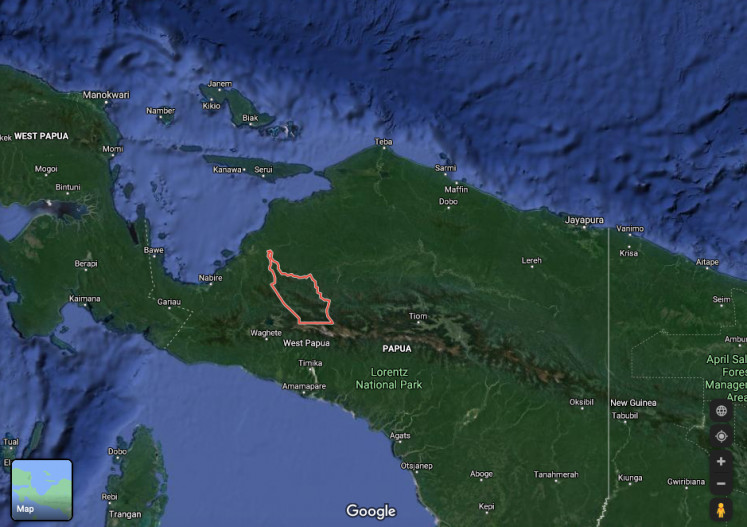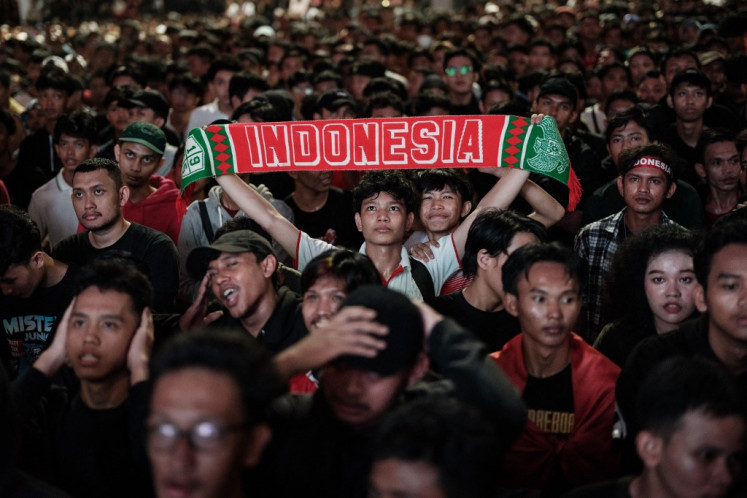Asean economies facing sharp slowdown
Southeast Asian economies like the Philippines face a sharp deceleration in growth as a result of a credit crunch brought on by a shift in the monetary policy of the US Federal Reserve
Change text size
Gift Premium Articles
to Anyone

S
outheast Asian economies like the Philippines face a sharp deceleration in growth as a result of a credit crunch brought on by a shift in the monetary policy of the US Federal Reserve.
The Institute of Chartered Accountants in England and Wales (Icaew) also warned that, although Southeast Asian economies have more stable economic foundations, the countries might also have to deal with the slowdown in China'Southeast Asia's largest trading partner.
'While we believe that the strong underlying fundamentals for the region'¦mean that the onset of tighter monetary policy in the US will not trigger the currency crises we saw in the late 1990s, volatility is creating a more uncertain environment,' said Icaew.
Citing a study by the Centre of Economics and Business Research, the group said that a repeat of the Asian crisis of 1997 was unlikely given the lower debt-to-gross domestic product (GDP) ratios of the countries in the region.
But the slowdown in capital inflow 'is acting as a serious pressure on regional markets,' said Icaew, which has 140,000 members around the world.
The report noted that the Philippines' GDP growth for 2013 could hit 5.3 per cent in 2013, slowing down from the 6.8 per cent reported the year before.
The slower growth rate for the year implies a sharp deceleration in growth in the second half, following a first half expansion of 7.6 per cent'the fastest in Southeast Asia.
Icaew's forecast is also lower than the Philippine government's 6 to 7-per cent target for the year, and the International Monetary Fund's projection of 7 per cent.
But Icaew remains optimistic, expecting the country's growth to be higher by six-tenths of a percentage point than the average GDP expansion the Philippines has recorded in the last five years.
The Philippines 'has huge scope for increases in productivity. Even though the country may experience an initial lag as workers are retrained, new capital is invested and new supply chains are developed, strong growth in consumption and government spending will drive GDP up,' Icaew said.
'However, beyond this, high unemployment and poverty levels, as well as a need to lift interest rates in response to tighter monetary conditions in the US may drag growth down to 4.6 per cent in 2015.'









